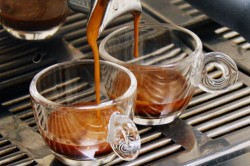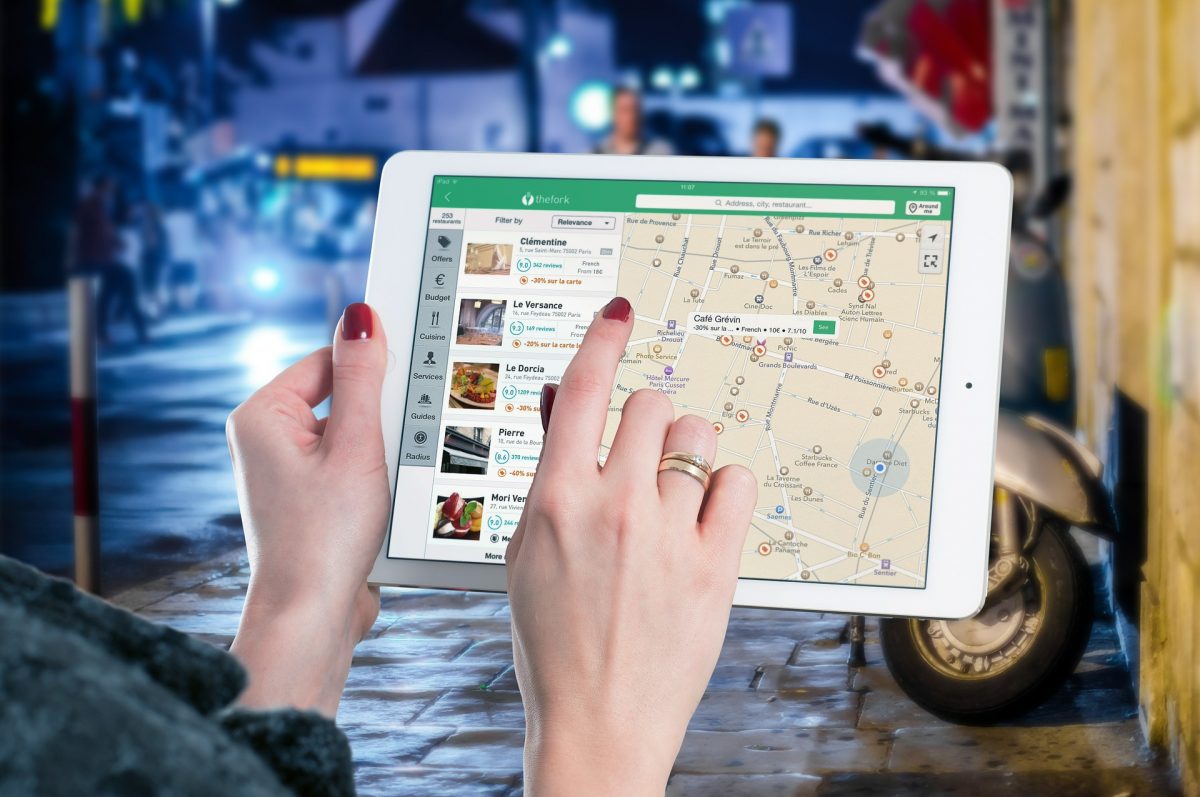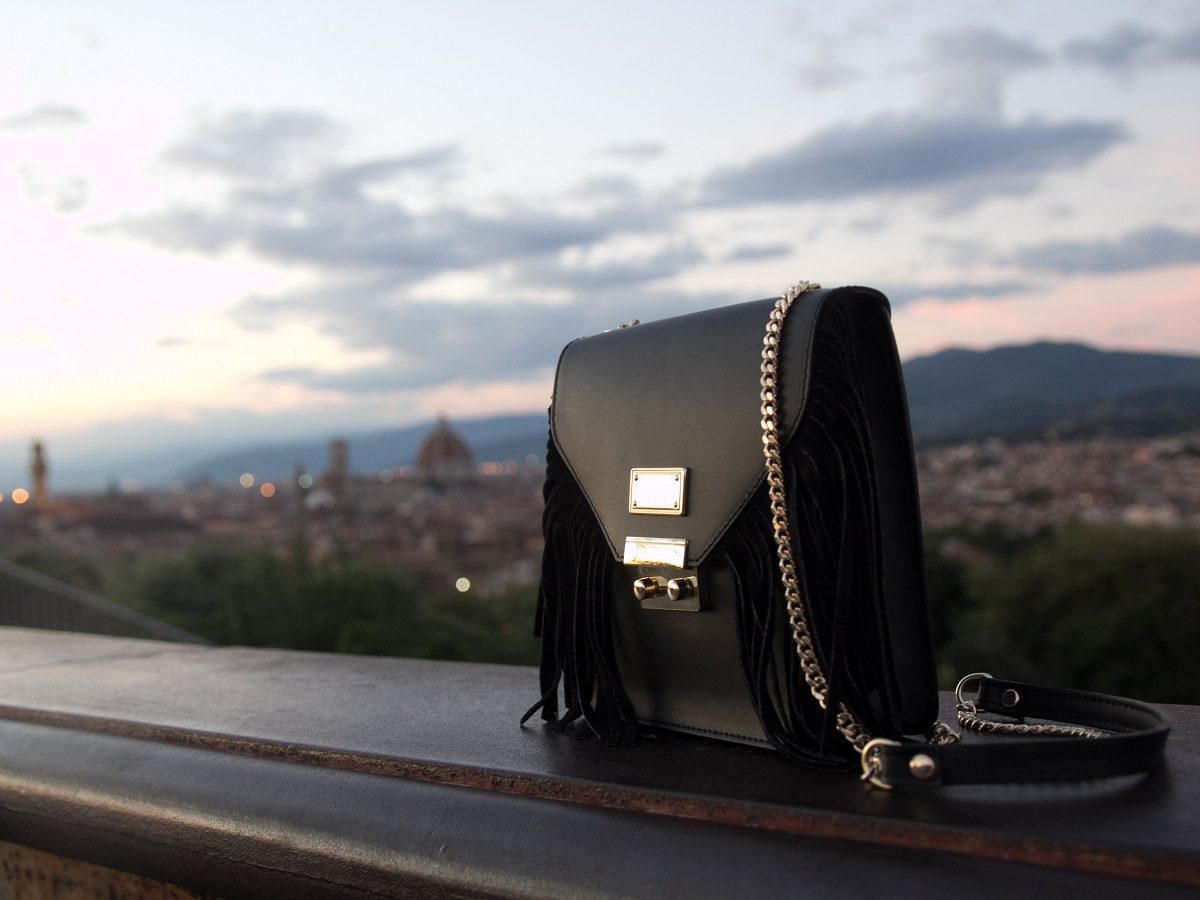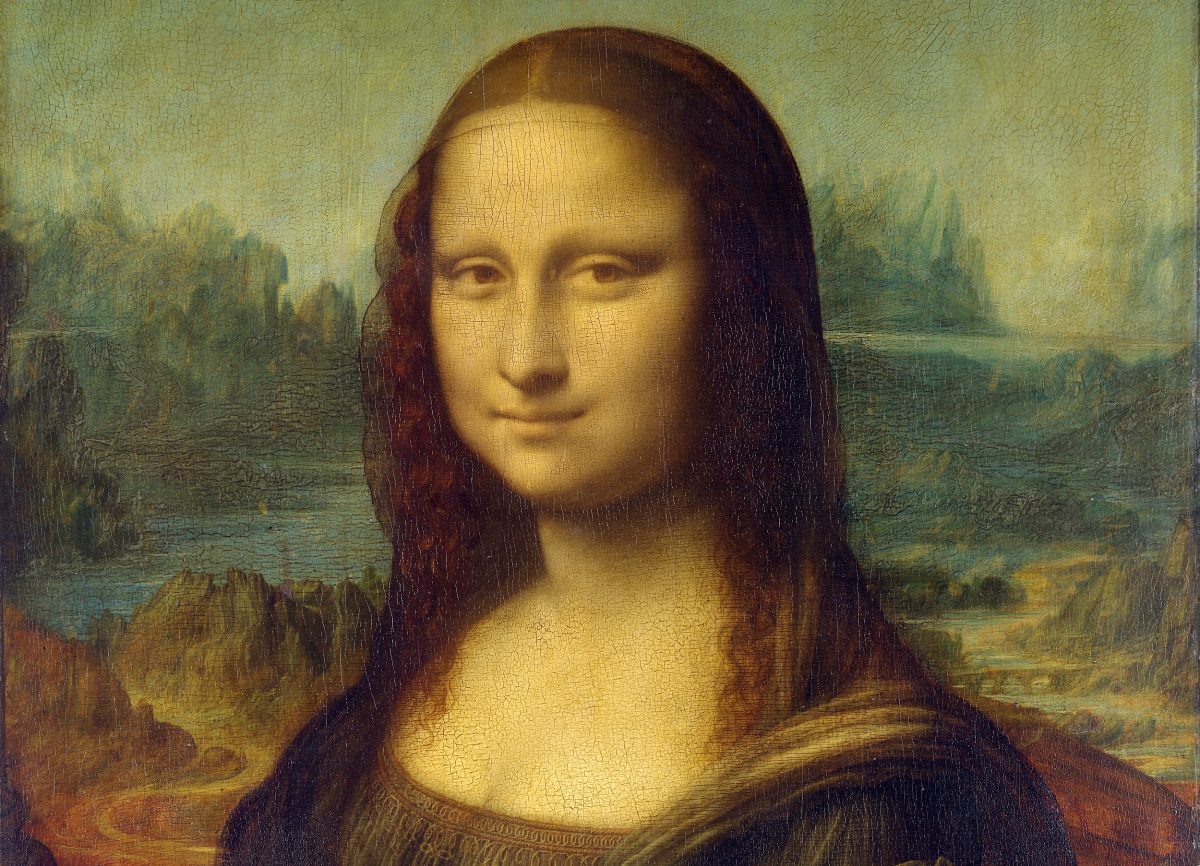 Šiandien rubrika „Itališki receptai“ kiek kitokia – joje nėra recepto. Tačiau nenusiminkite – supažindiname su itališka kava. Kartu pateikiamas trumpas kavos žodynėlis. Visų italų ir itališkajai kultūrai prijaučiančių neatskiriama gyvenimo dalis – mažytis juodos, kvepiančios kavos puodelis. Espresso kava gimė 1884 metais Turine, kai Angelo Moriondo pristatė pirmąjį espresso kavos aparatą. Jis buvo užregistruotas patentų biure Paryžiuje. 1901-aisiais milanietis inžinierius Luigi Bezzera jį patobulino, o po kelerių metų mažoje Desiderio Pavoni gamyklėlėje per dieną būdavo pagaminamas vienas toks aparatas – kavos gamyba tapo industrializuota. 1938-aisias Cresemonesi išrado specialų stūmoklį, kurio dėka dingo degėsius primenantis skonis. Naujuoju kavos aparatu karštas vanduo buvo sunkiamas per maltas kavos pupeles ir taip išgaunamas sodrus ir stiprus espresso.
Šiandien rubrika „Itališki receptai“ kiek kitokia – joje nėra recepto. Tačiau nenusiminkite – supažindiname su itališka kava. Kartu pateikiamas trumpas kavos žodynėlis. Visų italų ir itališkajai kultūrai prijaučiančių neatskiriama gyvenimo dalis – mažytis juodos, kvepiančios kavos puodelis. Espresso kava gimė 1884 metais Turine, kai Angelo Moriondo pristatė pirmąjį espresso kavos aparatą. Jis buvo užregistruotas patentų biure Paryžiuje. 1901-aisiais milanietis inžinierius Luigi Bezzera jį patobulino, o po kelerių metų mažoje Desiderio Pavoni gamyklėlėje per dieną būdavo pagaminamas vienas toks aparatas – kavos gamyba tapo industrializuota. 1938-aisias Cresemonesi išrado specialų stūmoklį, kurio dėka dingo degėsius primenantis skonis. Naujuoju kavos aparatu karštas vanduo buvo sunkiamas per maltas kavos pupeles ir taip išgaunamas sodrus ir stiprus espresso.
Paprastai espresso ruošiamas iš arabica ir robusta kavos pupelių mišinio. Kavos pupelės skrudinamos įgauna tamsiai rudą atspalvį ir išskiria jose esančių eterinių aliejų aromatą, vėliau būna malamos. Maltos kavos kiekis kavavirėje nulemia tai, kokia bus kava – kuo lėčiau vanduo sunksis per kavą, tuo kartesnis ir sodresnis bus jos skonis. Ruošiant kavą vandens temperatūra turi būti apie 90 laipsnių, verdantis vanduo sunaikina dalį eterinių aliejų ir kvapo. Kavos tirščiai niekada nenaudojami du kartus ir niekada nešildoma jau atvėsusi kava!
Negerkite cappuccino po pietų – Italijoje liksite nesuprasti. Tad kaip nesuklysti užsukus į barą? Niekada neapgaunantis ir nenuviliantis yra puodelis ristretto, espresso ar macchiato – jiems tinkamas bet koks paros metas. Cappuccino geriamas iki vidurdienio su mikštutėliu šviežutėliu rageliu. Caffe latte galite gerti tik ryte arba jeigu sergate, o latte macchiato ryte arba jei esate pensininkas.
Ristretto: koncentruotas espresso, mažesnis vandens kiekis, skonis stiprus, o kofeino mažiau.
Caffè corto: koncentruotas espresso, mažesnis vandens kiekis, skonis stiprus, o kofeino kaip tradiciniame espresso.
Espresso: stipri juoda kava be priedų.
Doppio espresso: dvigubas espresso.
Espresso lungo: espresso su daugiau vandens.
Macchiato: espresso su šlakeliu pieno.
Corretto: espresso su šlakeliu grapos.
Cappuccino: espresso kava su karštu pienu ir tiršta pieno puta (125 ml pieno ir 25 ml kavos).
Caffe’ latte: espresso kava su daugiau pieno nei cappuccino, bet su mažesne puta.
Latte macchiato: karštas pienas su šlakeliu kavos.




